This content was medically reviewed by Baher S. Yanni, MD, on October 12th, 2018.
Approximately five to 10 percent of people who have low back pain have sciatica. Although sciatica can be painful and disruptive, most people who have it will recover within six to 12 weeks with the proper treatment. If you think you might be suffering from sciatic nerve pain, this guide will help you understand what sciatica is, the different types of sciatica, the various causes, the symptoms and the treatment options.
What Is Sciatica?
Sciatica refers to irritation of the sciatic nerve, which is the longest nerve in the body. The sciatic nerve runs from your lower back, through each hip and the buttocks and down each leg all the way to your toes. When someone suffers from sciatica, they will feel pain radiating along the path of this nerve. The severity of the pain will vary from person to person. You may find the pathway of the nerve aches, or you may feel a burning pain along from your back down into your leg.
In most cases, sciatica will affect just one side of the body. While sciatica requires diagnosis and treatment, it is usually a symptom of an underlying medical issue. To get the right treatment and on the road to recovery, your doctor will need to determine the type and cause of the condition.
The Different Types of Sciatica
The two broad categories of sciatica are neurogenic sciatica and referred sciatica.
- Neurogenic: Neurogenic sciatica occurs when the sciatic nerve gets compressed, which can happen for a variety of different reasons. This type of sciatica often comes along with leg pain that is worse than lower back pain. Someone with neurogenic sciatica might also struggle with symptoms like numbness and muscle weakness.
- Referred: Referred sciatica is the result of an issue in an area of the body near the sciatic nerve. For example, a problem in the spine or pelvis can cause pain along the path of the sciatic nerve. Someone who has referred sciatica is unlikely to experience the symptoms of numbness and muscle weakness that can come with neurogenic sciatica.
Within the two major categories of sciatica, medical professionals can trace the condition back to the source of pain. Here are three common areas that can cause sciatica.
- L4 nerve root: This area refers to the L4 vertebra of your lower spine. The L5 vertebra can slip over the L4 vertebra, resulting in sciatic nerve pain. People who have sciatica involving the L4 nerve root might experience pain in their foot and lower leg.
- L5 nerve root: If the L5 nerve root is causing a problem, the sciatic pain you feel can extend to the top of the foot and into the toes.
- S1 nerve root: The S1 vertebra is in the lower spine. In sciatica involving this nerve root, you may notice pain in the outside of the foot.
Causes of Sciatica
Several differing underlying issues can cause sciatica. Here are some of the most common culprits.
- Degenerative disc disease is a natural aspect of aging. By the time they reach their 50th birthday, 95 percent of people will have some degree of spinal degeneration. The discs in our spines provide cushioning, which absorbs the shock of everyday movement. As we get older, our discs naturally deteriorate through drying and even cracking. This condition does not always cause pain, but when it does, it is called degenerative disc disease. One or more degenerated discs can lead to irritated nerve roots, which result in sciatica. The pain stemming from degenerative disc disease can come and go and vary in severity. Your doctor may diagnose degenerative disc disease by asking you about your symptoms, conducting a physical examination and, in some cases, ordering imaging, such as an X-ray or MRI.
- Herniated discs can occur in either your lower or upper spine. If a herniated disc is causing sciatica symptoms, it is most likely in the lumbar, or lower, spine. The discs in your spine have a softer center, which provides cushioning, and a harder exterior. When a disc becomes herniated, part of the softer center pushes through the exterior. That can irritate the nerves in your spine, causing the pain of sciatica. For example, a herniated disc in the lumbar spine will likely cause pain in your leg. You may also experience tingling, numbness or even weakness due to the affected nerves. Your symptoms might become more or less intense, depending on the position of your spine.
- A stress fracture of the spine is also called spondylolysis. This kind of injury is most common in younger athletes, but it can occur to anyone at any age. The fifth vertebra in your spine is the most vulnerable to spondylolysis. Repeated stress to the vertebra can cause it to fracture on one or both sides. When this happens, you may experience sciatica. Spondylolysis can also cause another condition called spondylolisthesis, which occurs when the fractured vertebra becomes too weak to stay in position and begins slipping forward over the vertebra beneath it. When this happens, the out-of-position vertebra can pinch nerves in the spine and lead to sciatica.
- Spinal stenosis that affects the lumbar spine can also cause sciatica. Lumbar spinal stenosis occurs when the natural space around your spinal cord narrows. This condition is generally the result of the aging process, but spinal stenosis can sometimes be congenital. When lumbar spinal stenosis causes the space around the spine to narrow, pressure on the spinal cord and nerves increases. This pressure can cause the pain of sciatica because it affects the sciatic nerve in the upper back and all the way down into the foot.
Now that you know some of the big sciatica causes, you might be wondering if there is any way to avoid these conditions. Avoidance is not always possible, but it does help to know the risk factors for conditions that can cause sciatica.
- Age: Many spinal conditions, like degenerative disc disease and lumbar spinal stenosis, are age-related. Aging is inevitable, but be aware as you get older that your spine will become more vulnerable to stress.
- Weight: Obesity is a significant risk factor for sciatica. Excess weight will put more stress on your spine, which can affect the nerves and lead to sciatica pain.
- Occupation: Do you sit behind a desk all day? Do you lift heavy objects at your job? It is possible sitting for long periods and carrying heavy loads can cause and contribute to sciatica.
- Diabetes: Being diabetic puts you at risk for sciatica because of the way in which your body uses blood sugar. Your body becomes more vulnerable to nerve damage, including damage to the sciatic nerve.
It is possible to maintain some healthy habits that will reduce your risk of sciatica. Exercise is one of the most powerful preventive tools for sciatica. Focus on exercising your core muscles, the muscles in your abdomen and lower back. Strengthening these muscles will help you maintain good posture and alignment. Speaking of posture, focus on sitting in the proper position. You can also remember to lift heavy objects carefully, using your legs, rather than your back, to lift. Do not twist your back as you are lifting anything heavy. Sticking to these habits can help protect your spine from unnecessary stress.
Sciatica Symptoms
What is sciatic nerve pain? Not all lower back and leg pain are due to sciatica. Here are some of the specific symptoms of sciatica.
Pain, the most obvious symptom, will likely be on one side of the body. The pain could just be in your lower back and buttocks, or it could start in your back and travel down the back of your thigh or calf. It is possible for the pain to reach all the way into your foot. If the pain does reach your foot, it may remain on the outside of the foot or between the big toe and the second toe, depending on what is causing sciatica. The pain can be aching, sharp or shooting like an electric shock.
Other unpleasant sensations, like tingling and numbness, can also join the pain. This tingling feeling can manifest in the leg or foot, and sufferers often describe it as pins and needles, burning or prickling. Affected areas of the body may also go numb. People who suffer from sciatica may also experience weakness in the affected areas of the body. For example, you might have a hard time lifting your big toe or ankle. In severe cases, sciatica may affect bowel and bladder control.
The symptoms of sciatica tend to decrease or increase, depending on your body’s position. For example, you might find some relief while you are walking or lying down. Conversely, the pain may get worse when you are sitting down or standing still.
Sciatica Treatment Options
Once your doctor has determined the underlying cause, the next step is finding the right sciatica treatment. Following treatment, most people will find sciatica nerve pain relief and recover completely. Here are the most common treatment options.
- Lifestyle changes: It is possible to address certain risk factors that can cause and exacerbate sciatica. For example, obese people can make lifestyle changes like exercise and diet. If you are in an occupation that requires you to sit for long periods, you can integrate walks and short breaks into your workday. You could also reduce the amount of time you spend sitting by investing in a standing desk. If you spend a lot of your time lifting heavy objects, you can make sure you are lifting carefully and protecting your body from damage. These lifestyle changes may seem challenging to integrate into your schedule, but making these adjustments and maintaining them can sometimes be enough to give you sciatic nerve pain relief.
- Exercise and physical therapy: When you first see a doctor for sciatica, he or she will prescribe conservative treatment options first. In addition to any helpful lifestyle changes, other frontline treatment options include hot and cold compresses, exercise and physical therapy. Alternating hot and cold can help soothe the irritated nerve and offer some pain relief. You can also perform some simple stretches and exercises at home that will help alleviate your symptoms. For example, stretching your hamstrings, the muscles in the back of your thigh, can be beneficial. Tense hamstrings can put unnecessary stress on your lower back, and stretching these muscles can help soothe irritation in your lower back. You can also focus on core strengthening exercises to provide support for your lower back. Strengthening core muscles can help you find relief during a sciatica flare-up and reduce the risk of future symptoms. Finally, aerobic exercise as simple as walking can go a long way toward reducing the symptoms of sciatica. In addition to at-home exercises, your doctor may prescribe physical therapy for your sciatica. Your physical therapist will guide you through a routine of stretching, strengthening and aerobic exercises to achieve sciatica pain relief. Physical therapy can help improve your posture and flexibility and strengthen your muscles.
- Medication: Some cases of sciatica, depending on the severity and the cause, will require more than physical therapy. Your doctor may prescribe medication to help treat your symptoms. Examples of medications that can help treat sciatica symptoms include anti-inflammatories, opioids and muscle relaxants. All these drugs will help reduce the pain associated with the irritated nerve. Steroid injections are another treatment option, which involve injecting corticosteroids directly into the affected area to help reduce nerve inflammation and the accompanying symptoms.
- Surgery: If exercise, physical therapy and medication fail to address the symptoms and cause of sciatica, surgery will become necessary. A candidate for surgery will have symptoms, such as muscle weakness and bladder or bowel dysfunction, that interfere with daily life. Surgery will vary depending on the cause of sciatica. If you have a lumbar disc herniation, you may need to undergo a microdiscectomy. This surgery involves removing the part of the disc that is pressing on the nerve and causing pain. A surgeon can perform a discectomy endoscopically, through an incision just a quarter of an inch long. Endoscopic foraminoplasty is another minimally-invasive option to treat sciatica causes like a herniated disc or degenerative disc disease. If you are suffering from sciatica related to lumbar spinal stenosis, you may need to undergo an endoscopic laminectomy, which removes the bone that is pressing on the nerve and causing pain. Though similar to microdiscectomy, this surgery involves a larger incision. Another option for spinal stenosis is vertiflex, a minimally-invasive procedure to decompress the spine. Discectomy alone or combined with laminectomy has a success rate of 78 percent.
Reach out to us at Spine INA to learn more about getting treatment for your sciatica. We have three convenient locations in East Windsor, Marlton and East Brunswick. We want to relieve your pain and revive your life.
Sources:
- https://www.spine-health.com/conditions/sciatica/types-sciatic-nerve-pain
- https://www.ansellchiropractic.com.au/complete-sciatica-guide/
- https://www.laserspineinstitute.com/articles/sciatica_articles/nerve/113/
- https://www.webmd.com/back-pain/what-is-sciatica#1
- https://www.ncbi.nlm.nih.gov/pmc/articles/PMC1895638/
- https://www.spine-health.com/blog/10-quick-facts-about-sciatica
- https://www.spine-health.com/conditions/sciatica/sciatica-causes
- https://www.mayoclinic.org/diseases-conditions/sciatica/symptoms-causes/syc-20377435
- https://www.spine-health.com/conditions/spine-anatomy/all-about-l4-l5-spinal-segment
- https://www.webmd.com/back-pain/degenerative-disk-disease-overview
- https://www.mayoclinic.org/diseases-conditions/herniated-disk/symptoms-causes/syc-20354095
- https://orthoinfo.aaos.org/en/diseases–conditions/spondylolysis-and-spondylolisthesis/
- https://orthoinfo.aaos.org/en/diseases–conditions/lumbar-spinal-stenosis/
- https://www.laserspineinstitute.com/back_problems/sciatica_sciatic_nerve_pain/sciatic_nerve_resources/getting_sciatic_relief/
- https://www.spine-health.com/wellness/exercise/sciatica-exercises-sciatica-pain-relief
- https://www.spine-health.com/conditions/sciatica/physical-therapy-and-exercise-sciatica
- https://www.laserspineinstitute.com/back_problems/sciatica_sciatic_nerve_pain/five-indications-you-need-sciatica-surgery/
- https://www.spine-health.com/conditions/sciatica/sciatica-surgery
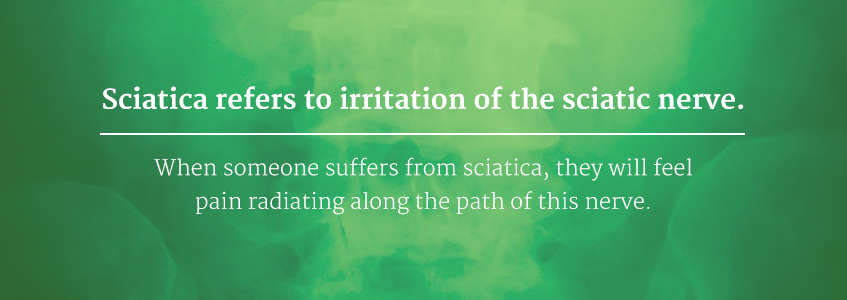
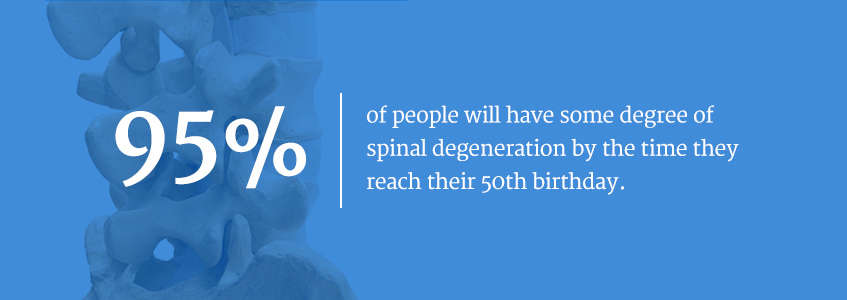
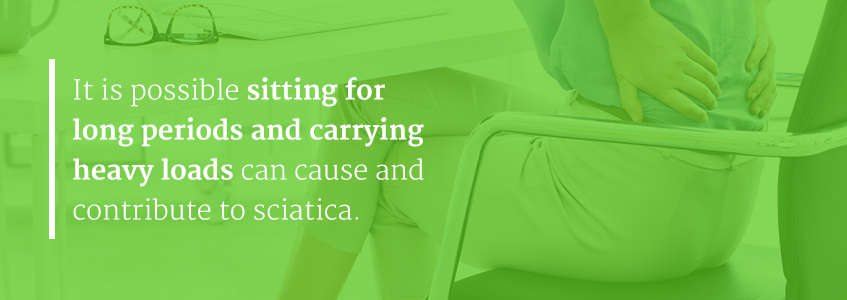
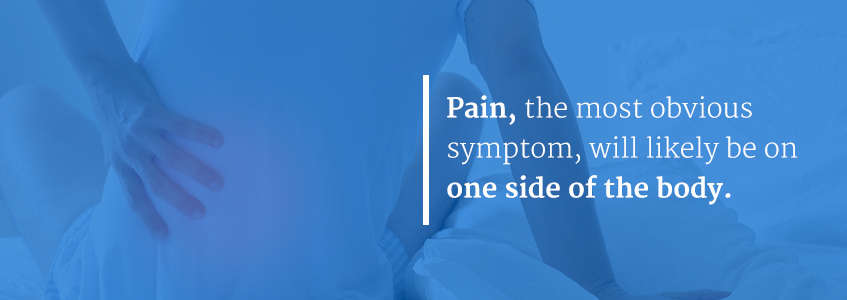
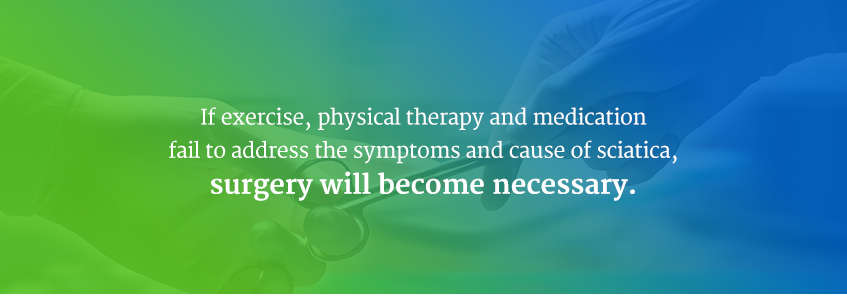









Leave a Reply